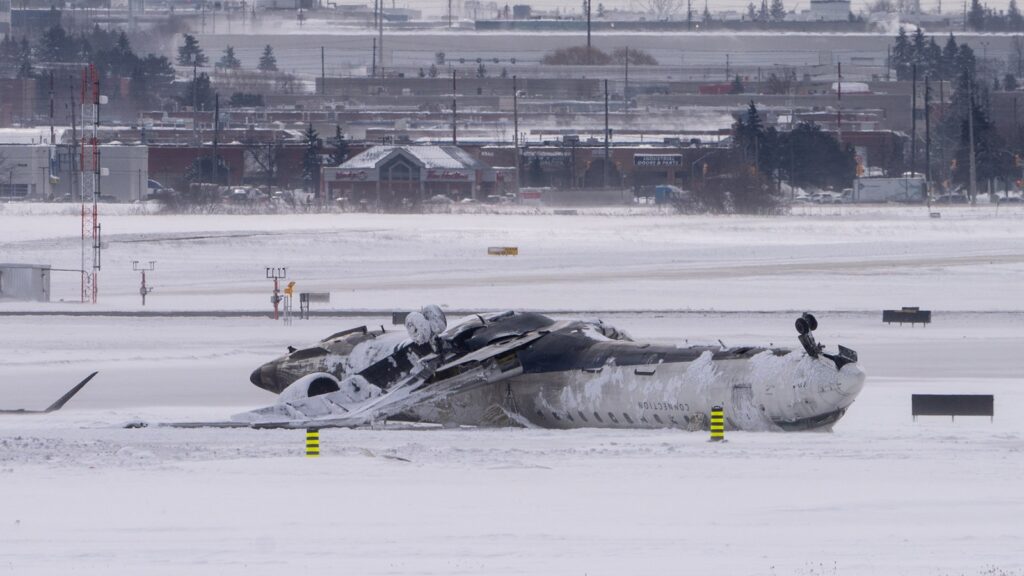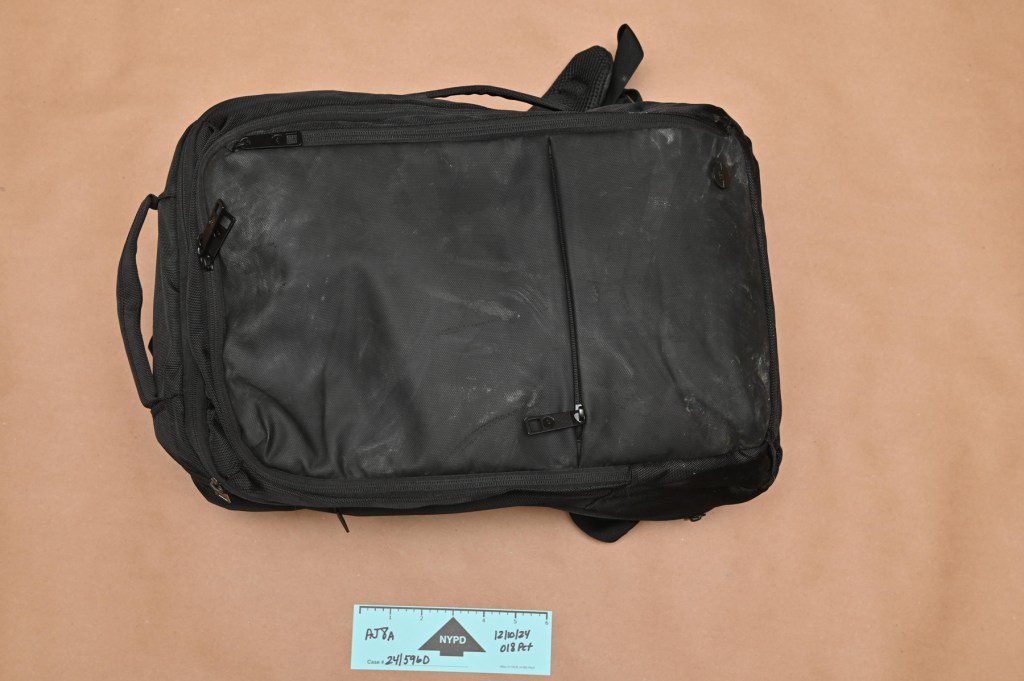People Really Want Those Woke Planes Back Now
Once is an accident. Twice is a coincidence. And three times, they say, is a trend. So it checks out that there’s a big question on the minds of many U.S. travelers: Why are so many planes crashing?
On Jan. 29, a military Blackhawk helicopter collided midair with American Eagle Flight 5342 heading from Wichita, Kansas to Washington, D.C.’s Reagan National Airport, killing all 60 passengers and four crew members, as well as the three soldiers on the helicopter. Then on Jan. 31, a medical jet crashed in Philadelphia and burst into flames, killing six on-board passengers (including a sick child) and one person on the street. After a small plane disappeared off the coast of Alaska on Feb. 6, authorities found the crashed aircraft 34 miles from its intended destination and the bodies of 10 of its passengers. And since Feb. 17, videos and photos have flooded the internet from a Delta Bombardier jet that crashed at Toronto Airport, belly flipped up and missing a wing. Some 15 passengers were injured, and no one died — but videos taken from the perspective of startled passengers have continued to circulate widely.
Now, people online have begun the traditional response of today’s digital cohort when faced with moments of alarm or concern: they’re making a joke of it, calling for the return of woke planes and pilots. It’s a reference to President Donald Trump’s assertion that diversity, equity, and inclusion policies in the Federal Aviation Association could have led to the deadly D.C. crash, a theory with no evidence or data behind it — but one that’s only continued to ring true as Trump and Elon Musk continue to fire FAA workers in the name of government efficiency.
Many of the memes are ridiculous, poking fun at the Trump administration’s obvious ploy to pin the blame of any situation on DEI programs. But they’re also coming amid the ongoing battle between Trump and the FAA, which has resulted in the firing of hundreds of FAA workers. There’s been an air-traffic-controller shortage that’s been going on for years, and while officials have not linked it to safety issues but flight availability, it does increase risk, some fired employees previously told Rolling Stone. Following the D.C. crash, officials noted a number of close calls that had previously happened in the same flight path, according to the Associated Press. People are rightly pointing out the clear fallacies in the administration’s argument, but behind the jokes and memes is an actual growing concern that flying is becoming increasingly unsafe.
While experts acknowledge that crashes coming one right after the other feels scary, both of the aviation professionals who spoke with Rolling Stone were confident that traveling by air is still safe. “You just don’t roll out of bed and become an air traffic controller. There are several levels of training and certification and qualifications that you have to go through. Flying is the safest mode of transportation that we have out there in spite of these recent accidents,” Anthony Brickhouse, a U.S. aviation expert, tells Rolling Stone. “I frequently tell people once you make it to the airport and leave your car, the most dangerous part of your trip, statistically speaking, is behind you.”
According to Captain Shem Malmquist, a Graduate Lecturer in Aviation Safety at the Florida Institute of Technology, the plane crashes feel like they’re increasing because human brains have a “bias” to create patterns. “Random distribution sometimes results in things clustering. So things happening together doesn’t mean there’s a correlation between those two,” he says. “Flying has only gotten safer.”
Instead of worrying, experts are thinking about the lessons in infrastructure the commercial aviation world can take from these recent crashes. Malmquist says a lack of updates to air traffic control systems and severe understaffing is a system issue usually offset by skilled pilots. But he notes that the safety of air travel would be improved even more if air traffic controllers were given the staffing required to do their jobs — and if airlines required pilots to have more training.
As of yet, though, there’s no evidence that the crashes themselves were caused by staffing issues. (All of the plane crashes are still under investigation by the National Transportation Safety Board, which did not respond to Rolling Stone’s request for comment.) But since the NTSB does not have any authority to implement regulations, it’s up to the FAA, plane manufacturers, and airlines themselves to make any changes when their investigations are complete, according to Brickhouse. It’s a complicated process that will take months of intense investigation. But as people’s anxiety continues, he also notes that the best way to fly safely is to make sure you’re a safe passenger for yourself and others.
“When you sit down, take a look around and identify where the emergency exits are,” Brickhouse says. “Listen to the flight attendants when they’re doing their safety briefing. Something that flight attendant says could save a life. Keep your shoes on during takeoff and landing. If you do have to evacuate an aircraft, leave everything behind. Wear your seatbelt. Focus on what you can control.”





